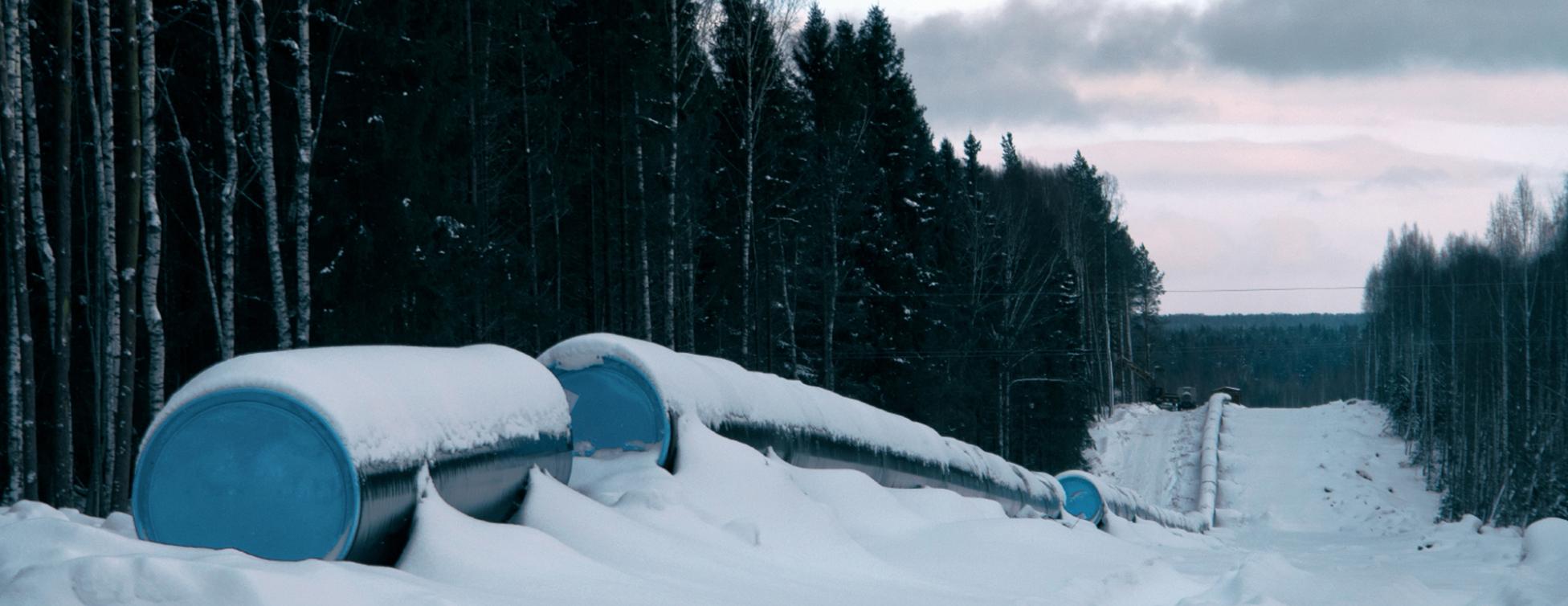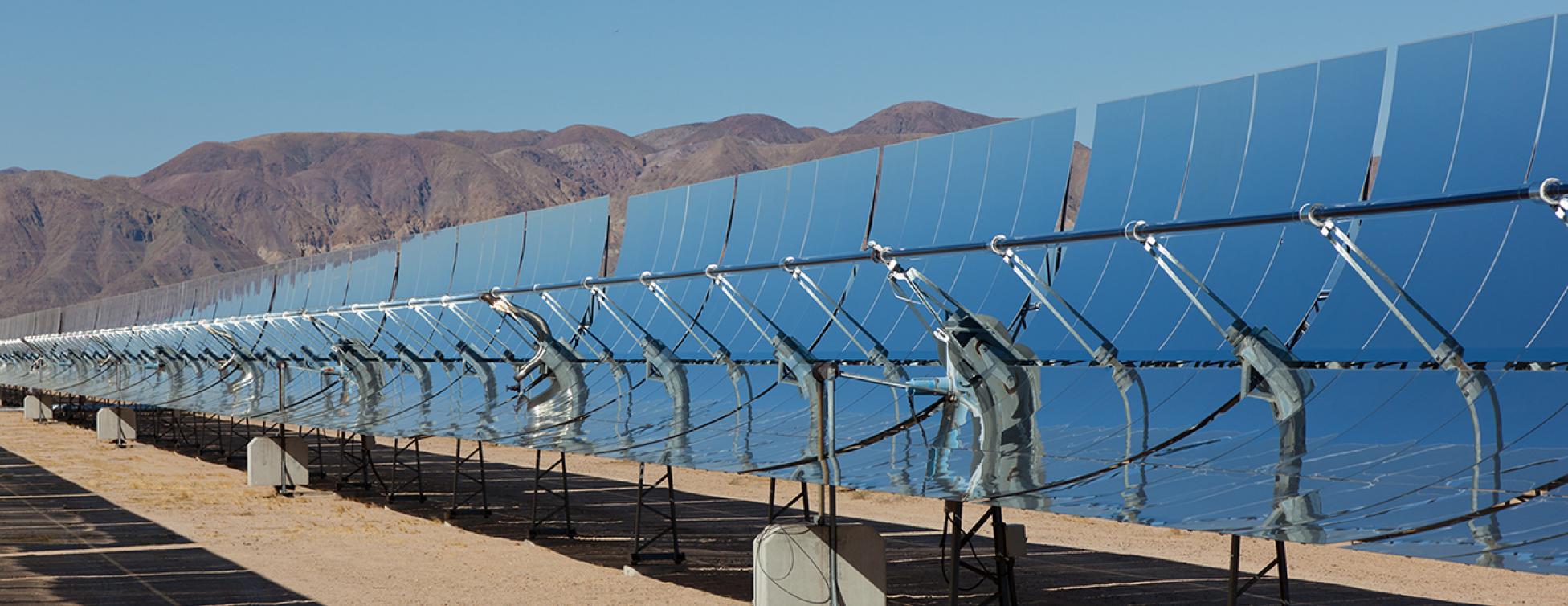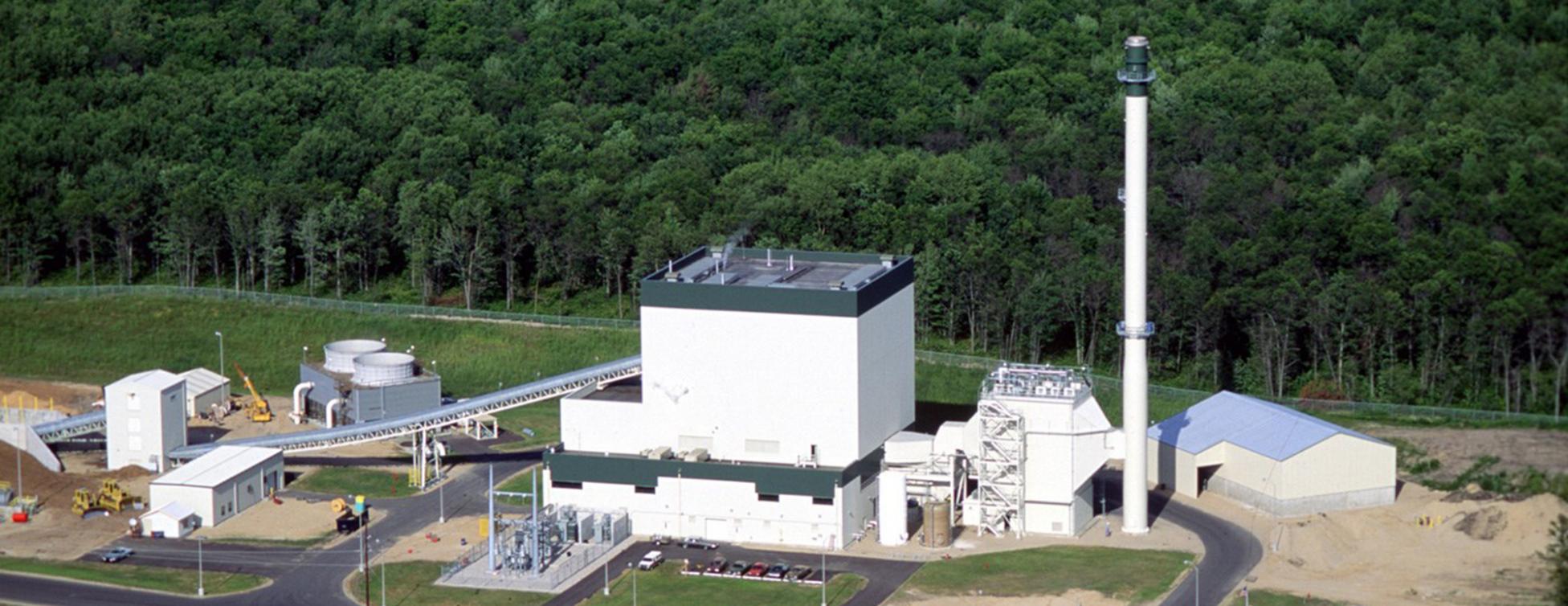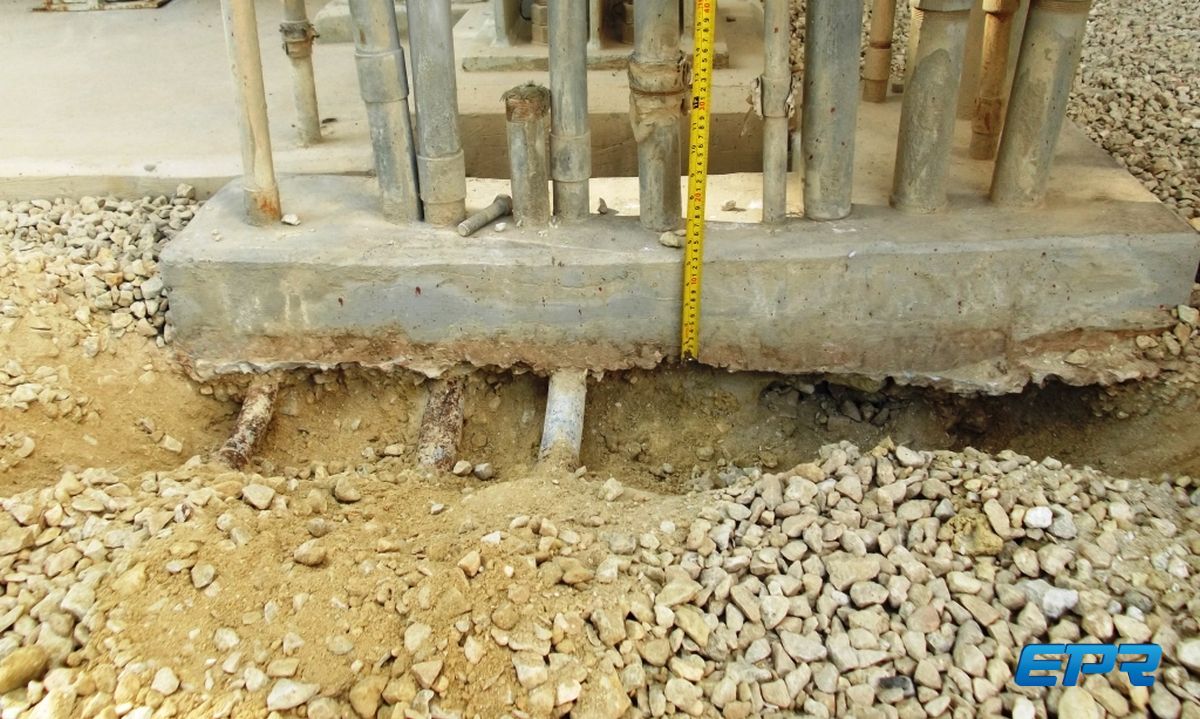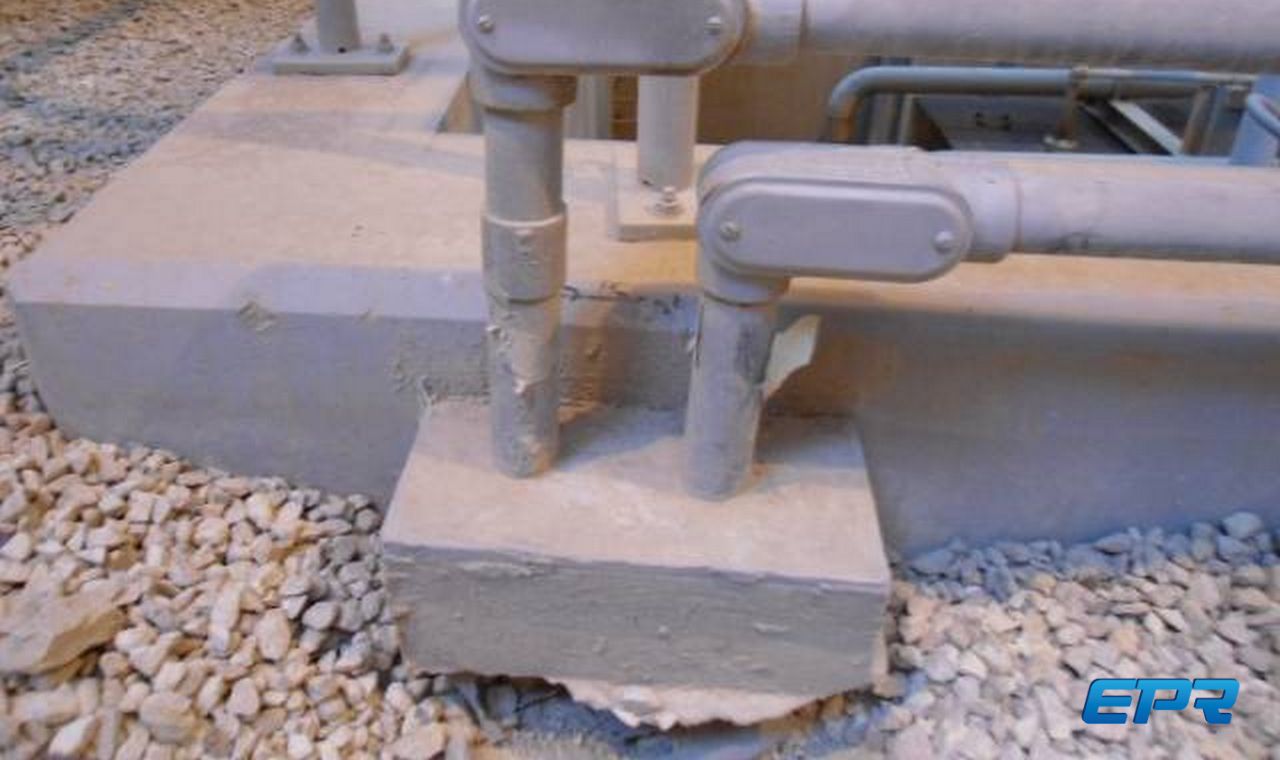Faked Electrical Ductbank
There are several important reasons to concrete encase underground raceway (rigid and PVC conduit) that carry power and control cables.
At a newly completed powerplant, the EPC Contract clearly stated: “All underground cables are installed in underground duct bank consisting of concrete encased duct: Hard polyethylene or rigid galvanized steel conduits as per ANSI C 80.1.” It goes further with detail but does not allow direct bury cables and articulates a minimum depth of cover. Engineering understood the implications and cascaded the contract/code requirements into the construction drawing details, which were available to the construction team.
Upon casual observation, the ductbank risers (concrete exposed above grade) did not appear "correct". Detailed investigation revealed there was effectively no ductbank. In some cases, rigid conduit was inserted into soil, perhaps 24” deep and then simply ended, leaving a direct bury cable condition. In other cases, groups of conduit were encased in concrete risers, giving the “impression” a ductbank existed. However, upon removing 6” of adjacent soil it was revealed that no ductbank existed below the short visible concrete stub-up.
Making the condition worse is that the site soil is heavily corrosive to rigid conduit (moisture, sulfates, chlorides). Less than 2 years after COD, boroscope inspection of conduit ID revealed evidence of advanced internal decay and substrate failure. The subject plant will likely experience future intermittent operational events. Once raceway collapses, in-situ cable replacement is impractical without installing new raceway. This takes time and sometimes alternative routes are not acceptable. (Note: Attached photos indicate many other defects as well but are not the subject of this post)
Certainly, some marginal cost was saved, as well as, sometime early in the project. Almost certainly not a critical path activity (No LD savings).
Owner: Unpredictable unit operation. At ~$35,000/day finding/repairing cable problems is costly. Contractor: Full remedy would cost millions.
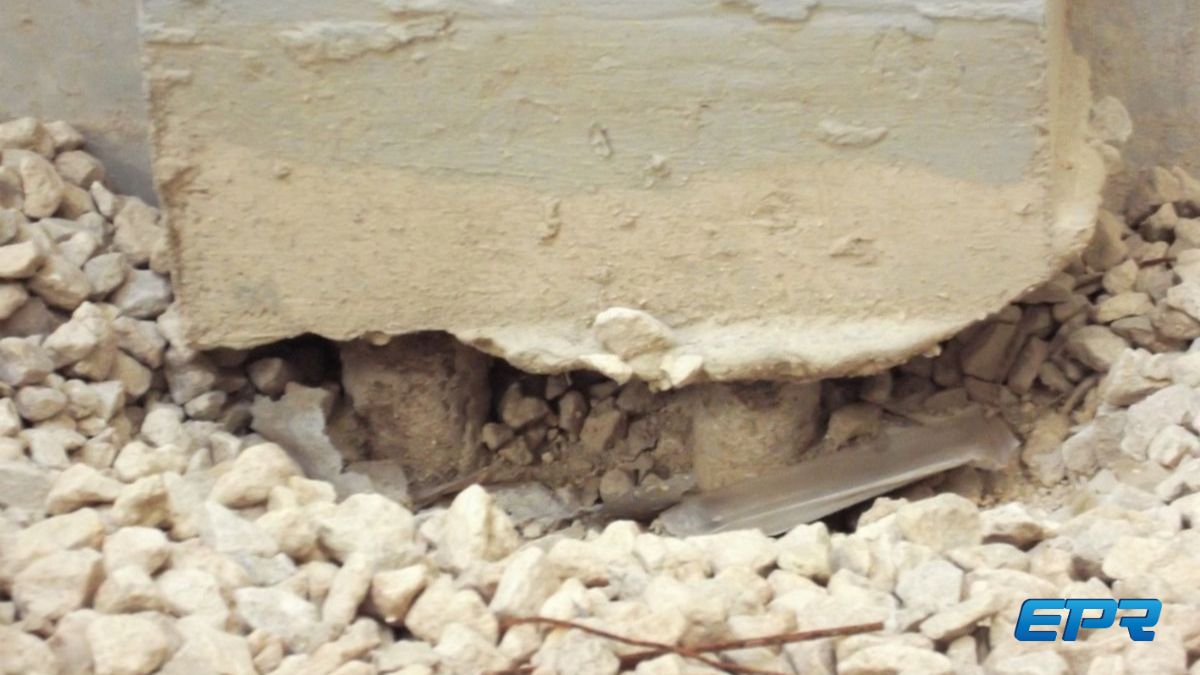
No Ductbank Below Riser Cap
Example of case where conduit was direct buried, but not encased in concrete. Interesting how it seemed acceptable to put on a faux riser to just below the gravel line...



